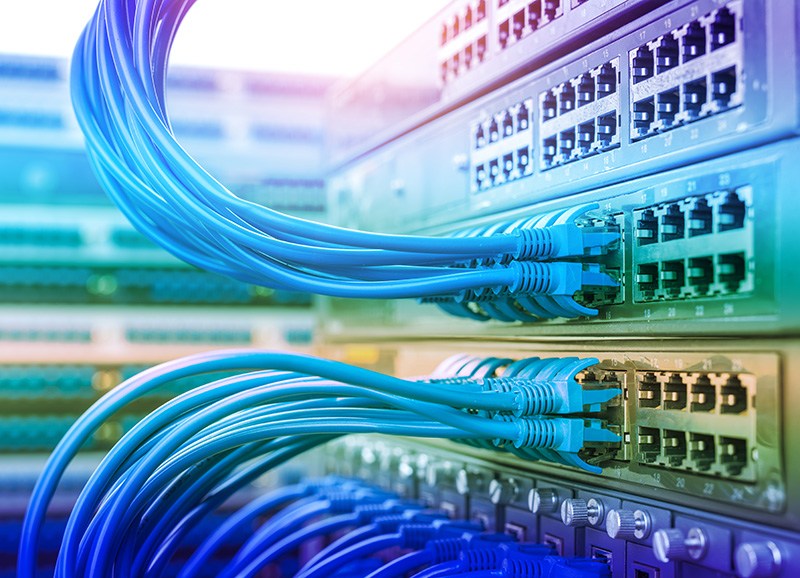Choosing the best switch for your network or project can be a daunting task. Check out this basic step-by-step guide on how to choose the best switch for your network project. This guide will look at layer types, port requirements, form factors, and basic managed conversion features.
Step 1: Choose class and speed
To categorize
There are several types of switches, each offering different levels of management. Unmanaged switches allow you to easily expand your network without special configuration or specialized network knowledge. Unmanaged switches simply increase the number of ports (or available connections) on your network by increasing port density.
The intelligently managed Layer 2 web switch has additional features such as VLAN support, PoE control, traffic analysis, and multicast support. EdgeSmart switches are basic smart web switches that provide only the most commonly used management features to help reduce both cost and configuration complexity.
There are different levels of managed switches (and not all are covered here, such as Layer 3 switches); The type of switch you need and the best switch for your network will depend on the features needed for your project. (See 101 Managed Switches for more information on managed switches). Quicks
The required bandwidth will determine if you need to convert 10G, 2.5G, Gigabit or 10/100. Fast Ethernet or 10/100 switches are more cost-effective, but Multi-Gigabit and Gigabit switches can offer better scalability. Choose a speed that’s just right for your current project, but plan for the future and consider additional bandwidth.
Dedicated switch
Look for specialized switches, such as industrial switches or AV switches, to meet the unique needs of your custom network project(s).
Step 2: Select the port number
Determine how many devices need to be connected to determine how many ports you will need. For your surveillance solutions, we recommend to reserve 2 additional ports for your NVR and/or bridge/network application.
Step 3: Choose a style
The form factor you choose will depend on both your personal preference and the Switch’s application. Desktop and wall switches are great when you want to save space; they are generally more affordable and quieter since most desktop and wall switches don’t have internal fans. Rackmount switches are ideal when you want to integrate them into a new or existing rack or server room. DIN rail switches are generally reserved for industrial applications.

Step 4: Consider features
Knowing the switch type selected in the first step helps us determine its possible feature set. Regardless of the type, however, switches can have different functions, and the functionality you want will depend on your project needs. Review your adapter features to make sure you choose the best adapter for your network.
Unmanaged switches have no management function. Managed switches include many features for traffic management, troubleshooting, access control, and monitoring. Some common features include LACP, VLAN, QoS, IGMP snooping, and per-port bandwidth control. Once you’ve selected your switch, check that it offers the features you need, as switches can have different feature sets, even within the same category.

